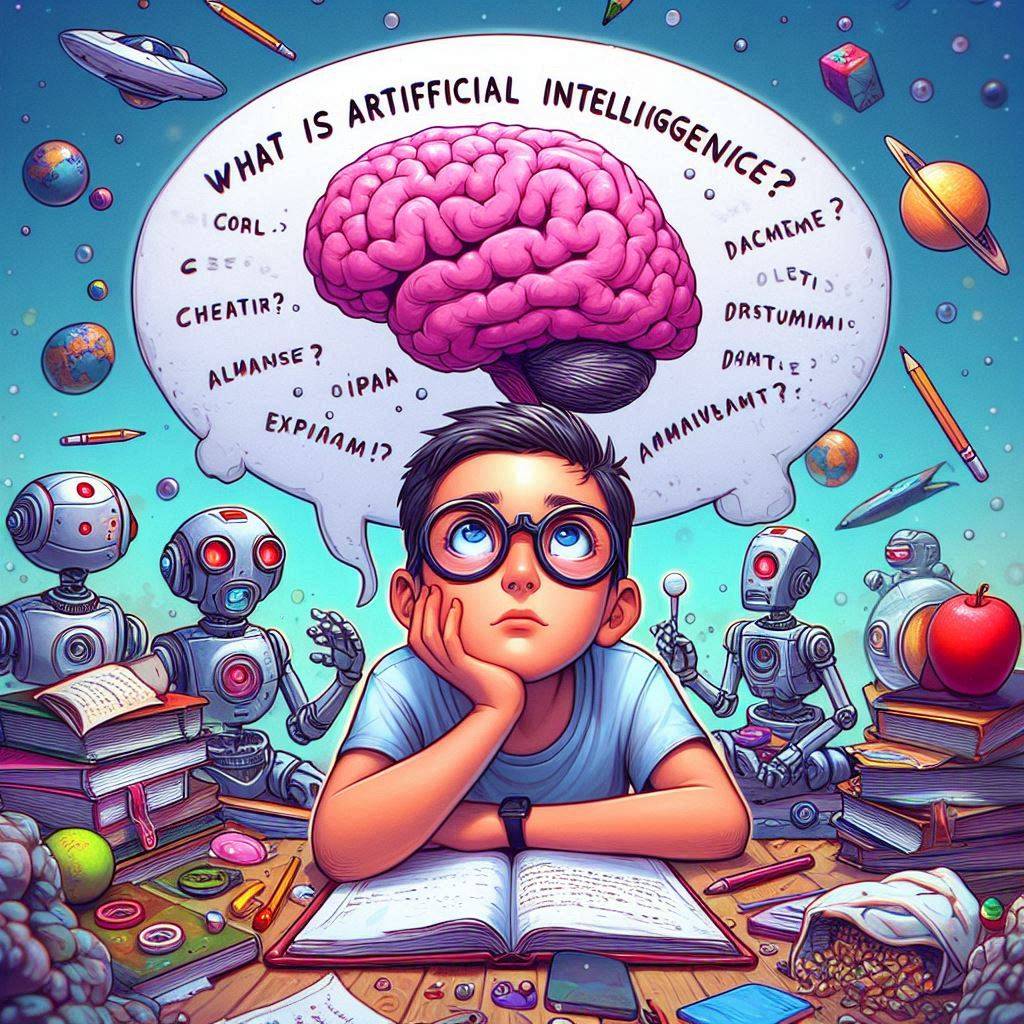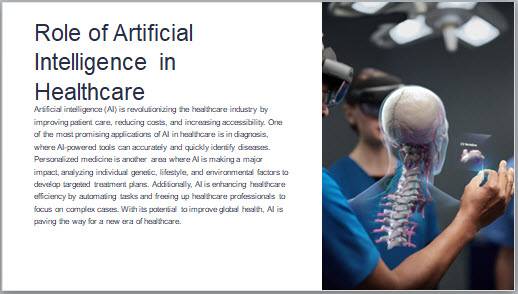What is artificial intelligence in simple words
What is Artificial Intelligence in Simple Words?
Artificial Intelligence (AI) is one of the most exciting and transformative innovations of our time. It has become a buzzword in various industries, from healthcare and finance to entertainment and education. But what exactly is artificial intelligence? For many people, the concept of AI might seem complex or difficult to understand. In this article, we’ll break it down into simple terms that anyone can grasp.
Understanding Artificial Intelligence: A Simple Definition
Artificial Intelligence, or AI, refers to the ability of machines or computer systems to perform tasks that typically require human intelligence. These tasks include problem-solving, learning, reasoning, understanding language, recognizing patterns, and even making decisions.
Think of AI as teaching machines to “think” or “act” like humans, but not in the same way humans do. Instead of emotions or intuition, AI relies on data, algorithms, and computational power to achieve its results. It’s like giving a computer the tools to learn and complete specific tasks without needing constant human guidance.
How Does Artificial Intelligence Work?
To understand AI, it helps to look at how it works. The process can be divided into three key components:
- Data
AI systems are powered by data. Data is essentially information that machines use to learn and make decisions. For example, when you use a voice assistant like Siri or Alexa, the system collects data from your voice commands to understand and respond appropriately. The more data an AI system has, the better it becomes at recognizing patterns and improving its performance. - Algorithms
An algorithm is a set of instructions or rules that a computer follows to solve problems. In AI, algorithms are designed to help machines analyze data, identify patterns, and make predictions. For instance, a recommendation system on Netflix uses algorithms to suggest movies or TV shows based on your previous viewing habits. - Machine Learning
One of the most important aspects of AI is machine learning. This is a type of AI that allows machines to “learn” from data without being explicitly programmed. For example, if you show a machine thousands of pictures of cats and dogs, it can “learn” to distinguish between the two by analyzing patterns in the images. Over time, the system improves its accuracy through repeated exposure to data.
Types of Artificial Intelligence
AI can be categorized into different types based on its capabilities. Here are the three main types:
- Narrow AI (Weak AI)
Narrow AI is designed to perform specific tasks. It’s the most common form of AI we see today. Examples include virtual assistants (like Siri), facial recognition software, and spam email filters. While narrow AI is powerful, it cannot think or operate beyond its predefined tasks. - General AI (Strong AI)
General AI refers to machines that have the ability to perform any intellectual task that a human can do. This type of AI doesn’t exist yet, but it’s the ultimate goal for many AI researchers. General AI would be able to understand, learn, and adapt to any situation, much like a human being. - Superintelligent
AI Superintelligent AI is a theoretical concept where machines surpass human intelligence in every aspect. It’s often portrayed in science fiction as a double-edged sword—either a revolutionary advancement or a potential threat to humanity.
Translation: Other topics that may interest you:
Top websites for drawing with artificial intelligence of 2023
How do I turn on live search Poe?
NVIDIA Get3D: Create 3D content 2024
best AI tools| artificial intelligence tools
Real-Life Applications of Artificial Intelligence
AI is already part of our daily lives, often in ways we don’t even realize. Here are some examples of how AI is used in the real world:
- Healthcare
AI is transforming healthcare by helping doctors diagnose diseases more accurately, analyzing medical images, and even predicting patient outcomes. For example, AI-powered tools can detect early signs of cancer from X-ray or MRI scans. - Entertainment
Streaming platforms like Netflix and Spotify use AI to recommend content based on your preferences. These platforms analyze your viewing or listening history to suggest movies, shows, or songs you’re likely to enjoy. - Transportation
Self-driving cars, like those developed by Tesla, use AI to navigate roads, avoid obstacles, and make driving safer. AI also plays a key role in optimizing traffic flow in smart cities. - Customer Service
Chatbots powered by AI are widely used by companies to answer customer inquiries, provide support, and even process orders. These bots use natural language processing (NLP) to understand and respond to human queries.
The Future of AI: Opportunities and Challenges
Artificial Intelligence holds immense potential for shaping the future. It could revolutionize industries, improve efficiency, and solve complex problems. However, it also raises important questions and challenges, including:
- Ethical Concerns: How do we ensure AI is used responsibly and does not cause harm?
- Job Displacement: As machines become more capable, some jobs may be replaced by automation.
- Bias in AI Systems: AI systems can inherit biases from the data they are trained on, leading to unfair outcomes.
Despite these challenges, the possibilities for AI are endless. Researchers and developers are working hard to create AI systems that are not only powerful but also ethical and beneficial for society.
Conclusion: AI Made Simple
In simple terms, artificial intelligence is about creating machines that can think, learn, and solve problems like humans. While it sounds futuristic, AI is already part of our everyday lives, making things easier and more efficient. From recommending your favorite TV show to diagnosing illnesses, AI is shaping the world around us.
As we move forward, understanding AI and its potential will become increasingly important. Whether you’re a tech enthusiast or just curious about the topic, one thing is clear: AI is here to stay, and its impact will only continue to grow.










